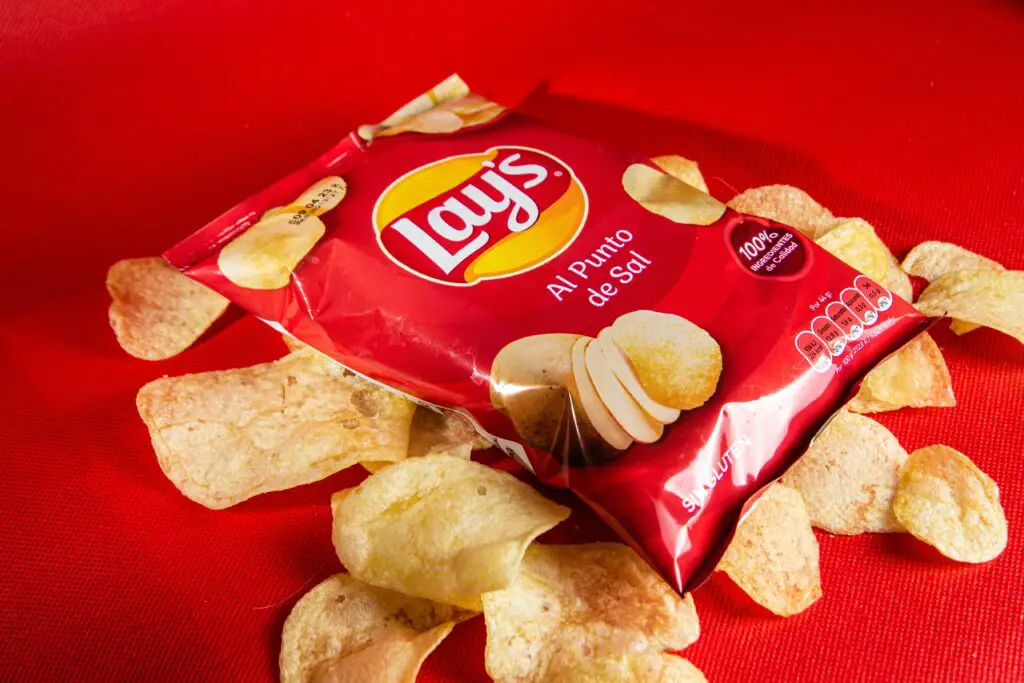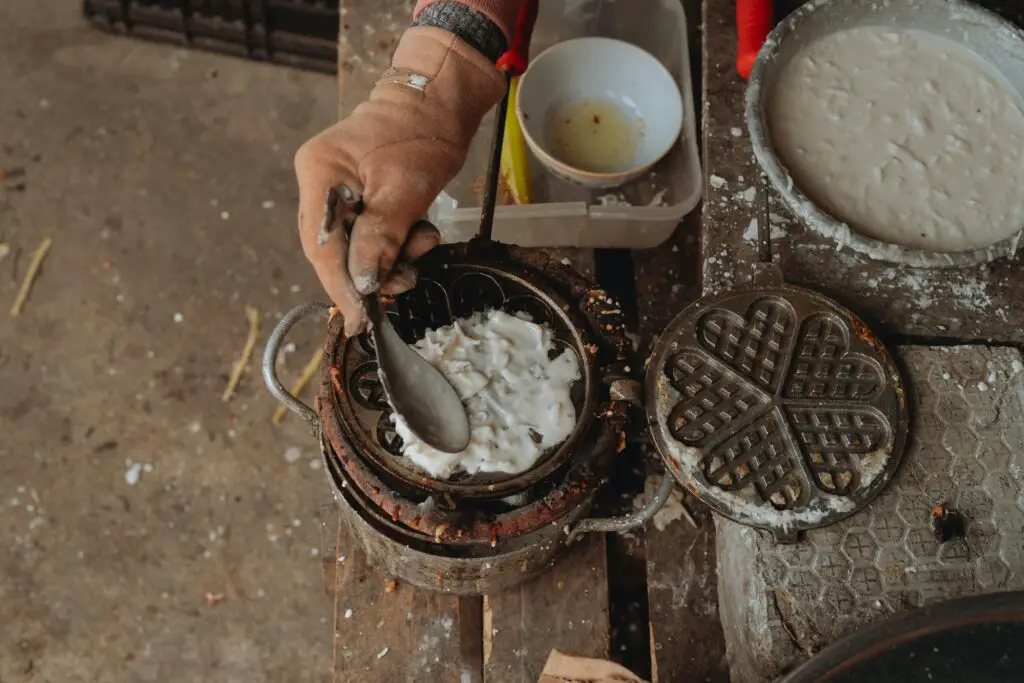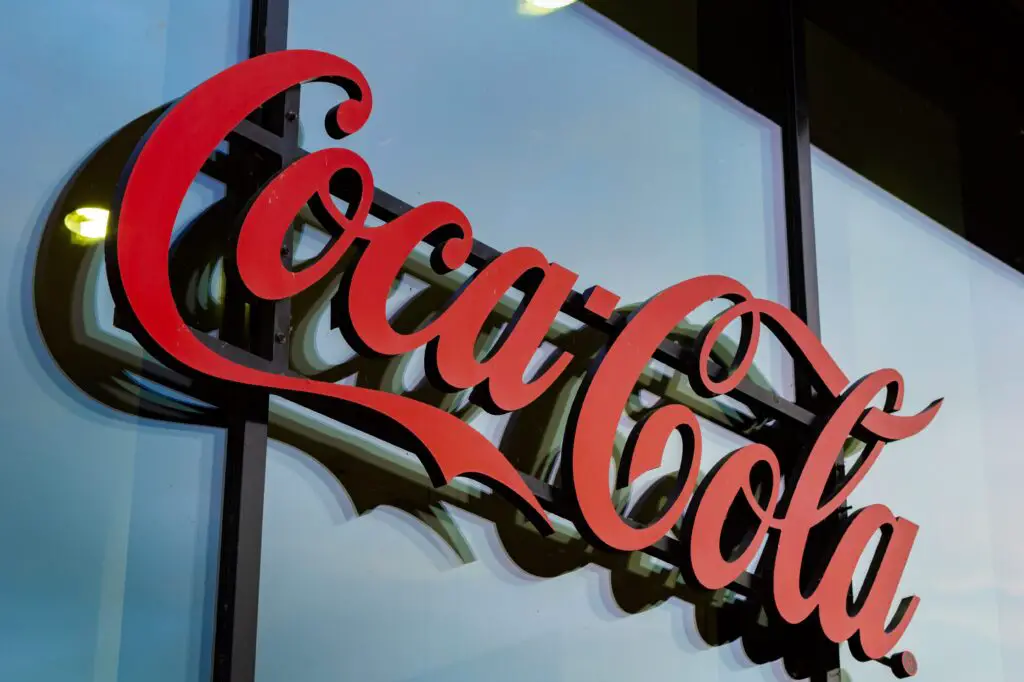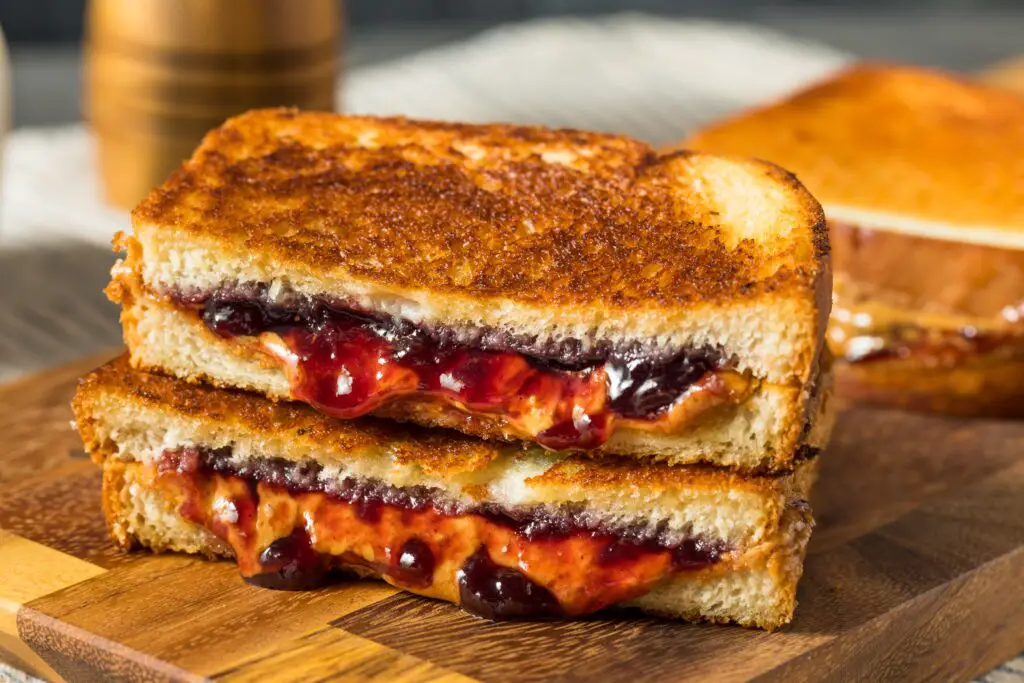1. Potato Chips

Potato chips were invented by mistake in 1853 by chef George Crum. One day, a customer at the Moon’s Lake House in Saratoga Springs, New York, complained that his fried potatoes were too thick and soggy. In a fit of frustration, Crum sliced the potatoes as thin as he could and fried them until they were crispy, hoping to annoy the customer. To his surprise, the guest loved them, and thus, the potato chip was born. This accidental snack would go on to become a staple in households worldwide shares the Takeout.
Despite starting as a mishap, potato chips quickly caught on, becoming a beloved snack across the United States and beyond. What was once a chef’s mistake is now a billion-dollar industry. Over time, various flavors were developed, elevating the humble potato chip into an international favorite. The fact that this snack came about because of a frustrated chef’s attempt to ruin a meal is a testament to how mistakes can sometimes lead to incredible discoveries. Now, chips are a must-have at picnics, parties, and countless other gatherings adds Yahoo.
2. Cornflakes

Cornflakes were created by mistake in the late 19th century by Will Keith Kellogg. Kellogg was attempting to develop a healthy, easily digestible food for patients at a sanitarium. The story goes that he and his brother accidentally left a pot of boiled wheat to sit too long, and when they returned, it had dried out. Rather than discard the dried wheat, they experimented by baking it, which resulted in crispy flakes. This mistake was the beginning of what would become one of the most iconic breakfast cereals in the world shares Britannica.
What started as an accident quickly gained popularity, leading to Kellogg’s creation of a successful business. The flakes were marketed as a healthy alternative to traditional breakfast foods, particularly for patients in need of a bland, easy-to-digest meal. Over time, Kellogg’s cornflakes became a household name, sparking the rise of an entire industry dedicated to processed cereals. What was originally a mistake meant to improve digestion turned into a staple of the American breakfast table, revolutionizing the way people eat in the morning adds History.com.
3. Champagne

The famous sparkling wine was the result of a fortuitous accident in the 17th century. While Dom Pérignon is often credited with inventing champagne, he didn’t exactly create it from scratch. The discovery came from a natural mistake when wine fermentations in the Champagne region of France inadvertently produced bubbles. Originally, winemakers in the region were working to perfect a still wine, but the cold weather slowed down the fermentation process, trapping the carbon dioxide in the bottle. The bottles sometimes exploded due to the continued fermentation, but those that didn’t explode were found to have sparkling, effervescent qualities.
Rather than discarding these bubbly bottles, winemakers began to embrace the unintended consequence, refining the method and creating what we now recognize as champagne. Dom Pérignon is often credited with improving the technique and perfecting the method of making champagne, though it was the accidental bubbles that made the drink so famous. Today, champagne is seen as a symbol of luxury and celebration. What was once a mistake due to imperfect fermentation is now one of the most coveted drinks in the world.
4. Ice Cream Cones

The ice cream cone’s origin traces back to the 1904 World’s Fair in St. Louis, where a happy accident led to the creation of this now-ubiquitous dessert. According to the story, an ice cream vendor ran out of bowls to serve his ice cream, so a neighboring waffle vendor helped him by rolling his waffles into cone shapes. This accidental collaboration became an instant success, as visitors at the fair were thrilled by the convenience of a cone to hold their ice cream. The combination of the two vendors’ products allowed people to enjoy ice cream on the go without needing utensils or bowls.
This accidental creation soon became a staple in the world of desserts. The popularity of the ice cream cone spread across the United States, and by the 20th century, it was a common sight at ice cream shops and stands. Today, ice cream cones come in countless varieties, from waffle cones to sugar cones, and they are a key part of summer treats. The cone itself, which came about through an unexpected series of events, remains a quintessential part of the ice cream-eating experience.
5. Penicillin

One of the most famous medical discoveries of all time came about due to an accidental mold growth. In 1928, Alexander Fleming was working on a petri dish of Staphylococcus bacteria when he accidentally left it uncovered for a few days. When he returned, he noticed that a mold had formed in the dish, and the bacteria surrounding it had died. Upon further investigation, Fleming realized that the mold, which was later identified as Penicillium, had antibacterial properties.
Fleming’s accidental discovery of penicillin revolutionized medicine, saving millions of lives by treating bacterial infections. What started as a simple mistake in a laboratory led to the development of antibiotics, a breakthrough that would change the world of healthcare forever. Penicillin is credited with transforming the way we treat infections and diseases, making it one of the most important discoveries of the 20th century. It’s incredible to think that a moment of forgetfulness and mold growth led to the advent of modern antibiotics, saving untold lives in the process.
6. Post-It Notes

Post-it Notes, the colorful office staple, owe their existence to a failed experiment at 3M. In 1968, a scientist named Spencer Silver was trying to develop a super-strong adhesive, but instead, he ended up with a glue that was weak but could be repositioned easily. At first, his discovery seemed like a failure, as it didn’t match the original goal. However, a colleague named Art Fry, who was frustrated with bookmarks falling out of his hymnal, came up with the idea of using the adhesive to create a sticky note that could be attached and removed without damaging surfaces.
The accidental invention quickly gained popularity and was marketed as a solution for office reminders and memos. Post-it Notes were officially launched in 1980 and became an instant success. Today, they are one of the most widely used office supplies in the world. What started as a mistake that failed to meet the intended purpose became a beloved and indispensable tool for people at work and home, all thanks to a little creative thinking and a failed adhesive.
7. Popsicles

Popsicles were accidentally invented by 11-year-old Frank Epperson in 1905. The story goes that Epperson left a glass of soda water and powdered flavoring outside on a cold night, with the stirring stick still in the glass. When he came back the next morning, the drink had frozen solid, and he was able to easily remove it by the stick, creating the first frozen treat on a stick. He initially called it an “Epsicle,” which later became known as the “Popsicle” after he started selling the treat.
Epperson’s accidental invention quickly gained popularity, particularly during the summer months when people were looking for ways to beat the heat. He patented the Popsicle in 1923, and the treat became an instant hit. Over time, the popsicle evolved, with different flavors, shapes, and colors available. The simple mistake of leaving a soda outside turned into a worldwide phenomenon, forever changing the landscape of frozen desserts.
8. Waffle Iron

Waffle irons, like many great inventions, were the result of a happy accident. In the 19th century, a blacksmith in the United States was tasked with creating a cooking device to help make waffles. While he was experimenting with designs, he accidentally created a waffle iron with the perfect pattern and heat distribution for making the crisp, golden waffles we know today. His accidental success set the stage for waffle irons to become an essential kitchen tool.
Waffle irons became increasingly popular as breakfast dishes like waffles and pancakes grew in demand. The convenience and efficiency of using the iron to make perfectly shaped waffles led to the creation of numerous models and designs over the years. What was originally a mistake turned into an essential part of many kitchens around the world, providing people with a quick and easy way to make delicious waffles. Today, waffle irons are used for much more than just waffles, with many people using them to create all sorts of tasty treats.
9. X-Rays

X-rays, one of the most significant advancements in medical imaging, were discovered by accident in 1895 by Wilhelm Röntgen. Röntgen, a German physicist, was conducting experiments with cathode rays when he noticed a strange glow coming from a nearby fluorescent screen. Upon further investigation, he realized that the glow was caused by invisible rays that could pass through solid objects, producing an image of the internal structure. He called them “X-rays,” with the “X” standing for the unknown nature of the rays.
Röntgen’s discovery of X-rays revolutionized medicine, providing a non-invasive way to look inside the body. His accidental finding made it possible to diagnose broken bones, detect tumors, and examine internal organs without surgery. Today, X-rays are an essential part of modern medical practices and are used in countless diagnostic procedures. What started as an unexpected observation in a physics lab became one of the most important discoveries in the history of medicine.
10. Coca-Cola

Coca-Cola, one of the most recognized beverages in the world, was the result of a pharmacist’s mistake in 1886. Dr. John S. Pemberton, originally attempting to create a medicinal tonic, created a drink that he believed would cure headaches and relieve fatigue. Initially sold as a medicinal remedy, Coca-Cola contained a mix of coca leaf extract and kola nuts. The formula was meant to be a cure-all, but it quickly became apparent that it was a tasty and refreshing beverage.
The accidental creation of this soft drink changed the way people consumed beverages forever. Coca-Cola became popular not for its medicinal qualities, but for its unique taste and refreshing qualities. Over the years, the formula evolved, but the original mistake paved the way for what would become a global brand. Today, Coca-Cola is one of the world’s most recognized and consumed drinks, showing how a failed attempt at a health tonic turned into a cultural phenomenon.
11. The Sandwich

The sandwich was created due to an English aristocrat’s love for gambling in the 18th century. The 4th Earl of Sandwich, John Montagu, was so engrossed in his card games that he requested his servant bring him some meat between two pieces of bread so he wouldn’t have to stop playing. This request led to the creation of the sandwich, which allowed him to eat without using utensils or getting his hands greasy.
The sandwich quickly became popular, especially among those in the working class who needed a quick and portable meal. Over time, sandwiches evolved to include a wide variety of fillings, from meats and cheeses to vegetables and spreads. What began as a solution to an aristocrat’s desire to keep playing cards became one of the most beloved and versatile meals in the world. Whether it’s a simple PB&J or a gourmet creation, the sandwich remains a classic, all thanks to a man who didn’t want to take a break from his game.
12. Teflon

Teflon, the non-stick coating found in many cookware products, was discovered completely by accident in 1938 by Roy Plunkett. Plunkett, a chemist at DuPont, was experimenting with gases when one of the containers mysteriously stopped releasing the gas. Upon investigating, he found that the gas had turned into a white, waxy substance, which turned out to be polytetrafluoroethylene (PTFE), the compound that would become Teflon.
Initially, Teflon was seen as just an interesting byproduct of Plunkett’s experiments. However, its unique non-stick properties quickly found uses beyond its original purpose. Teflon coatings are now used in everything from frying pans to space equipment. What started as a scientific accident led to one of the most important and widely used materials in the modern world, transforming cooking and countless other industries.
